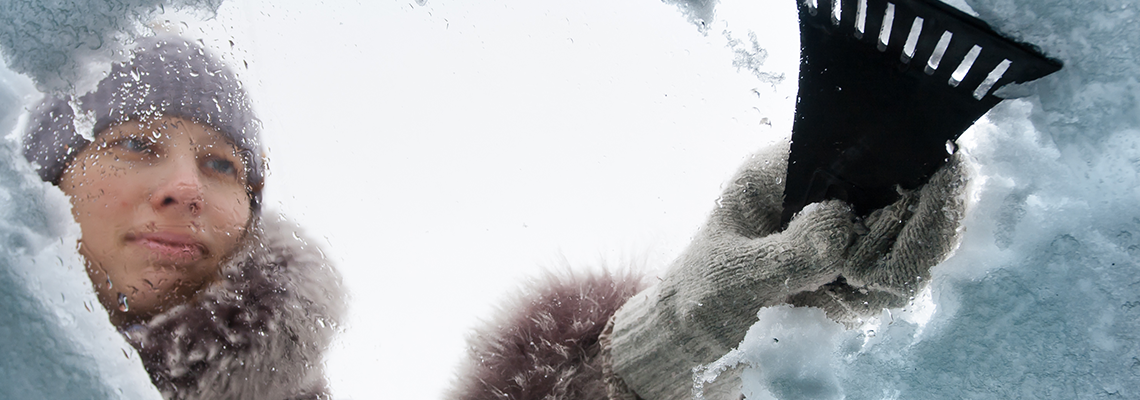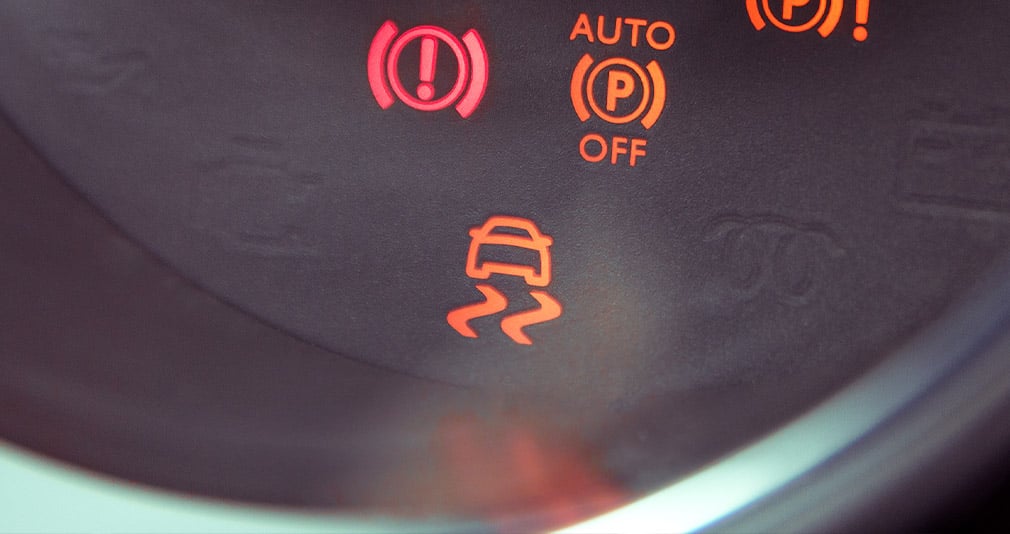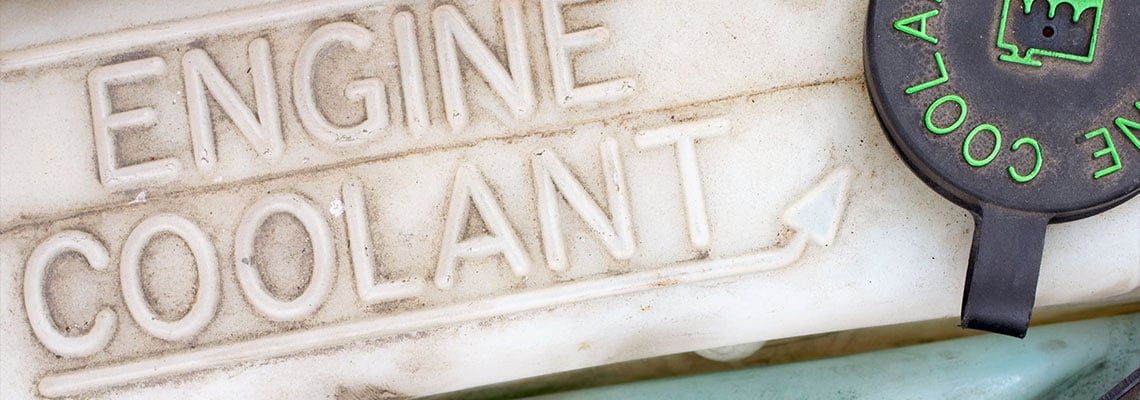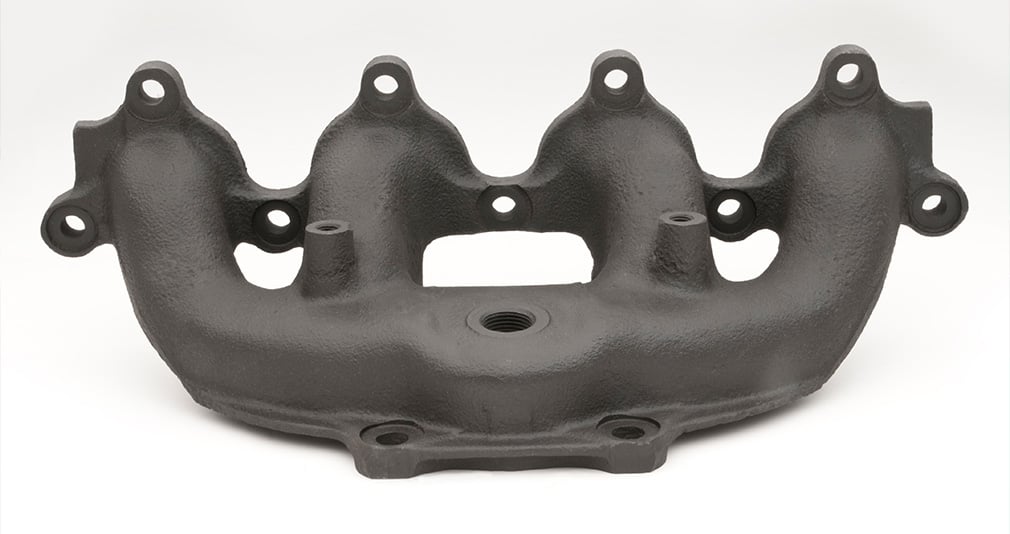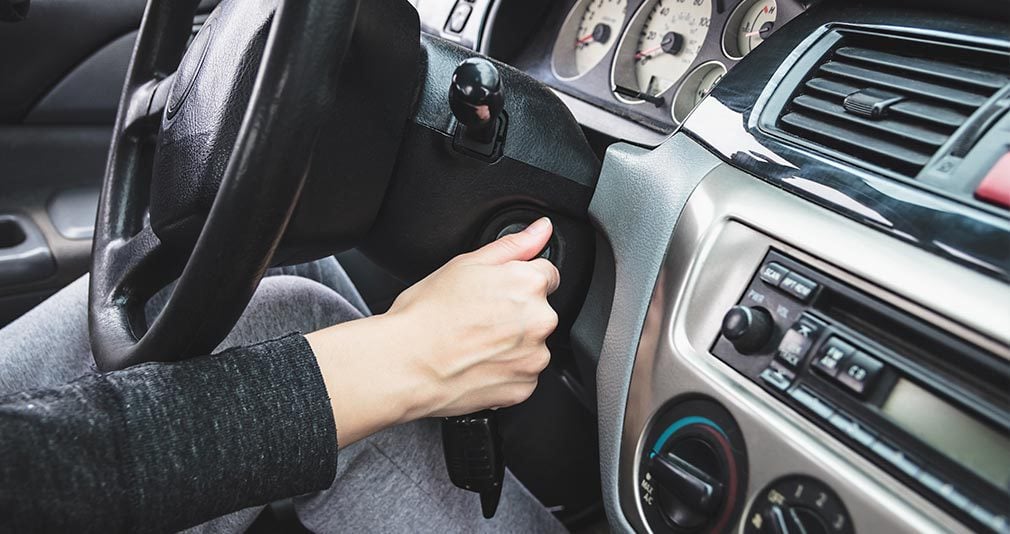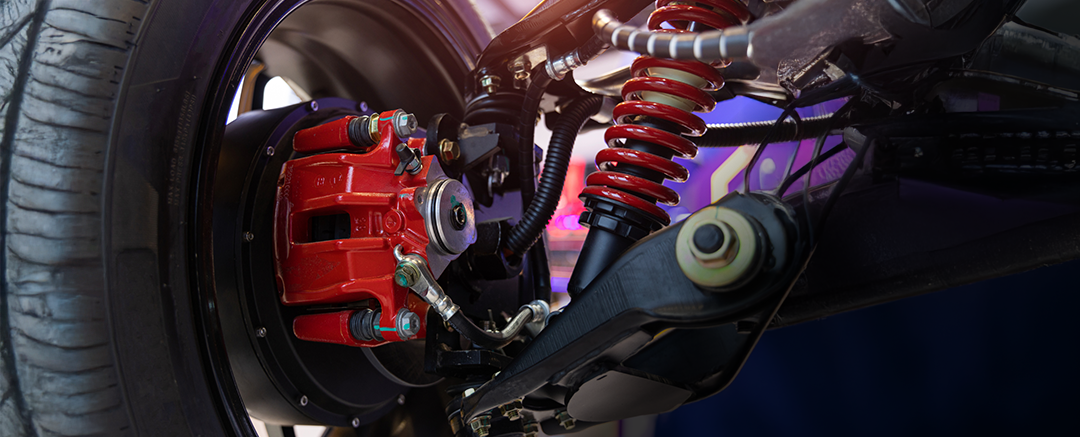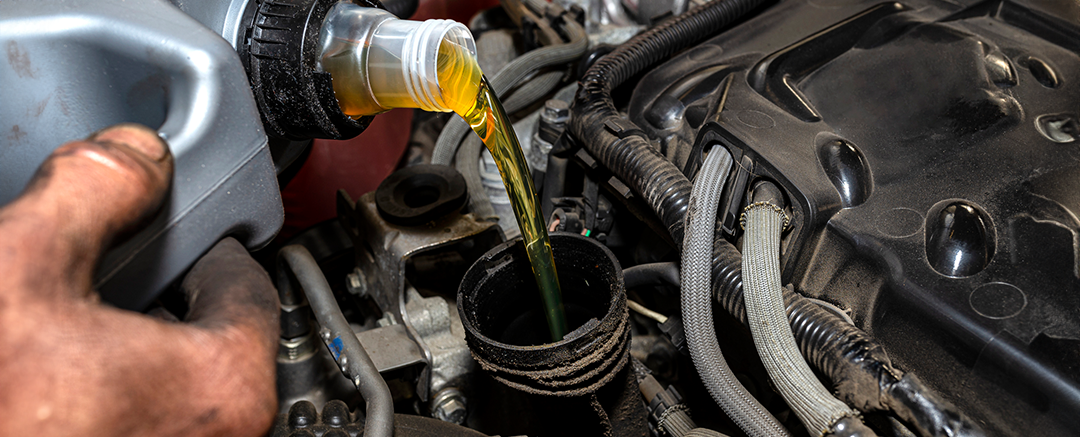Baby, it’s cold outside! The best way to avoid being stranded in the snow is to stay inside, but that isn’t always realistic. If you can’t avoid driving in bad conditions, the next best plan is to be prepared. Is your car maintained to withstand freezing temperatures and lots of snow?
You can’t control the winter weather, but there are a lot of simple things you can do to prepare your car. Here are five basic tips on how to maintain your car to keep it running in the harshest winter conditions.
#1: Warm up your car — or not?
Despite conventional wisdom, warming up your car before taking it out in the cold might not be good for your engine after all. It could actually strip oil from your engine’s cylinders and pistons. Older cars with carbureted engines can benefit from warming up, but for newer engines — those manufactured in the last 30 years or so — it’s actually better to start your car and drive it to warm it up. Idling actually does very little to warm up your engine. It’s better to drive it nice and easy for five to 15 minutes instead. Alternatively, if you often experience extremely frigid temperatures, an engine block heater may be worth looking into.
#2: Check your battery.
Cold temperatures can have a negative effect on your battery, draining its “juice” faster than in warmer weather. Check your battery, cables and terminals to make sure everything is in good condition without any cracks or breaks. Make sure your battery fluid level is where it should be and that there is no corrosion around the clamps. You should also always know how old your battery is. The average car battery lasts around three to five years.
#3: Get an oil change.
Oil is the lubricant that keeps everything in your car running smoothly. Cold, frigid temperatures can actually thicken oil, which makes it flow more slowly. In some cases, thicker oil can even cause your engine to overheat. Get regular oil changes to keep your car running smoothly.
#4: Check your tires.
Cold temperatures cause the pressure in your tires to drop, so make sure they are properly inflated before going out on wintery roads. Low air pressure can impact your tread and traction, which is especially dangerous on snowy or icy roads. It can also affect your gas mileage and cause tires to wear unevenly. Want to go a step further? Change out your tires for heavier snow tires to make driving in the winter even safer.
#5: Don’t forget the antifreeze!
Check your antifreeze fluid. Is it filled to the maximum line? Make sure you have the right balance of water and antifreeze in your radiator to keep all your fluids from freezing. Antifreeze is what protects your engine from freezing or overheating. You can buy antifreeze and water mixtures at most gas stations and auto parts stores, or you can take your car to your mechanic to give your levels a quick check.
While you’re at it, check the other fluids in your car as well. Switch your windshield washer fluid to a type with a deicer built in — and always make sure you have plenty of gas! You never know when you might get stuck in a traffic jam or stranded in the snow.
Before braving the winter weather, it’s a good idea to take your car in for a tune up to make sure everything is running in good condition. This includes your hoses, fan belts, windshield wiper blades, defrosters and brakes, as well as your headlights, brake lights, turn signals and emergency lights.
Always be prepared.
In addition to staying on top of your car’s maintenance, the National Highway Traffic Safety Administration (NHTSA) recommends stocking your car with emergency supplies including a snow shovel, broom, ice scraper, sand or kitty litter in case you get stuck in the snow and blankets in case you get stranded.
You should also always have jumper cables, flares, a flashlight (with extra batteries), cell phone and charger, water, food and all your necessary medications. Also, make sure to tell someone your plans, so they can send help if you don’t show up when expected.
If road conditions are too hazardous, avoid driving if possible. Drive slowly on slick and snow-covered roads and increase your following distance to give everyone plenty of room to stop.
If you do get stalled or stranded, stay with your car, keep your interior light on and avoid asphyxiation from carbon monoxide poisoning by not running your car for long periods of time with the windows up or in an enclosed space. If you have to run the engine to stay warm, do it sporadically for short periods of time.
To learn more about how to prepare your car for winter conditions, stop by one of our six mechanic shops in Cleveland, Ohio today to have one of our expert mechanics take a look.

